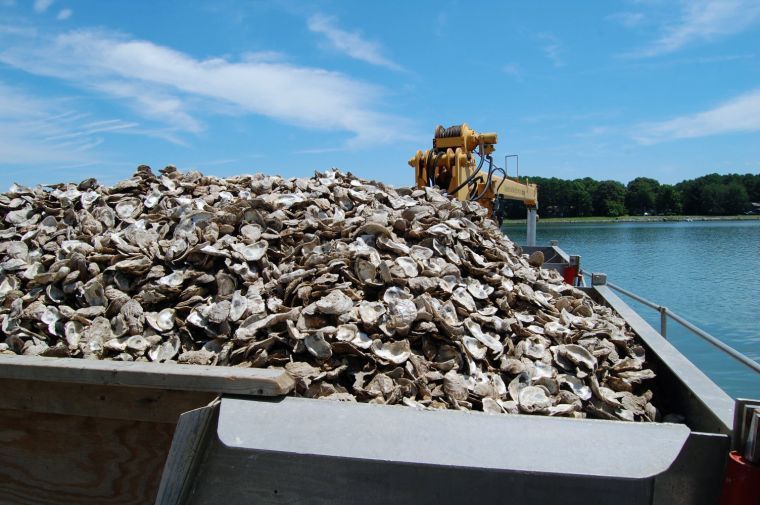
In 2014, a 61 m shellfish-based living shoreline was constructed along a salt marsh at the DuPont Nature Center in Milford, Delaware with the goal to maximize shellfish populations for water quality benefits. These factors make them appropriate candidates for inclusion in living shorelines to facilitate positive ecological outcomes. The overall implication for choosing sites for oyster reef restoration projects, particularly in recruitment-limited areas, is that they may need to be located much closer to spawning adults than previously thought to maximize the likelihood of adequate natural recruitment and reef development.īivalve shellfish are common in coastal ecosystems where their aggregate structure attenuates wave energy and provides habitat, while delivering water quality benefits through their feeding activity. Additional research is needed in other areas to test the generality of the findings and to assess potential causal factors for the observed patterns. These data do not negate the potential importance of widespread dispersal and recruitment, but they do indicate a surprising level of recruitment very near their likely source. Spat densities on the reefs and within 400 m of the reefs were nearly 10-fold higher than densities more distant. To explore this relationship, spat collectors were deployed on and near (up to 1 km distance) three natural oyster reefs in New Hampshire in 20.


#Oyster spat recruitment full
It is well established that larvae can be widely dispersed, but the relationship between dispersal potential and actual recruitment patterns across the full range of spatial scales involved remains unknown. The spatial relationship between adult eastern oyster Crassostrea virginica populations and recruitment to the benthos of their offspring is not well understood.


 0 kommentar(er)
0 kommentar(er)
